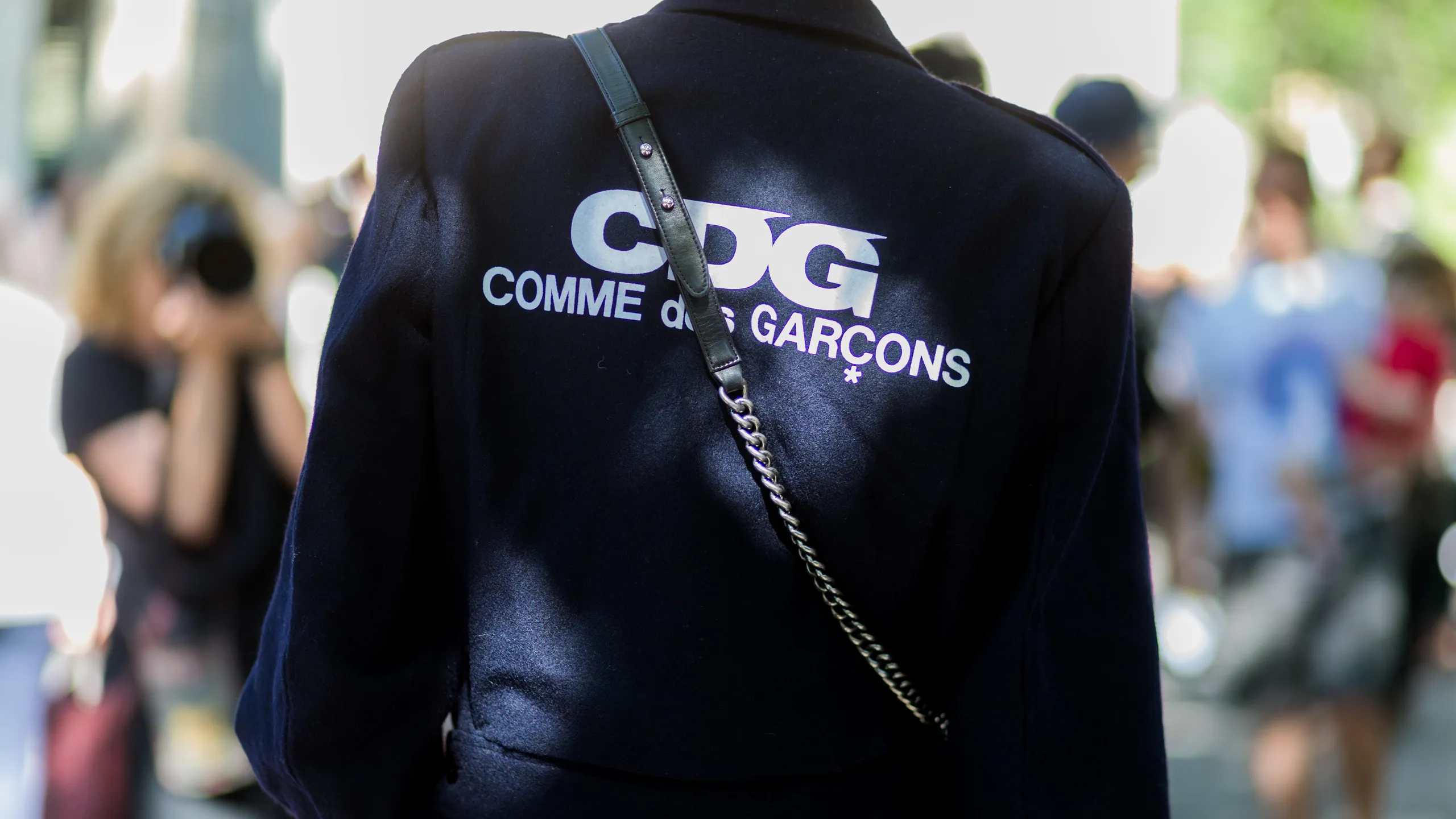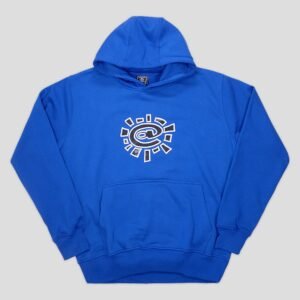Comme des Garçons: A Dive into Classical Style
Comme des Garçons is a fashion brand that stands apart, characterized by its avant-garde designs and unconventional approach to style. Founded by Rei Kawakubo in 1969, the brand has since become an influential force in the fashion industry, celebrated for pushing boundaries and redefining what is considered “classical” in fashion. While Kawakubo’s designs are often associated with the avant-garde and experimental, there is a distinct “classical” element within the brand that blends tradition with innovative reinterpretations.
The Essence of Comme des Garçons
At its core, Comme des Garçons embodies the idea of deconstruction. The brand challenges the conventions of traditional tailoring, yet it still maintains a classical edge by retaining elements of structure, form, and craftsmanship. Kawakubo has consistently played with the balance between chaos and order in her designs, using structured shapes juxtaposed with asymmetry or raw edges. This fusion of old and new creates a unique interpretation of classical fashion, where historical silhouettes and techniques are remixed with contemporary flair.
One of the defining elements of Comme des Garçons’ classical style is its emphasis on craftsmanship. Despite the often non-traditional cuts, the brand is meticulous in its construction. Whether it’s the fine stitching or the choice of high-quality fabrics, there is a level of sophistication in each piece that harks back to the classical tailoring of haute couture. Comme des Garçons garments often feature intricate details, such as layered fabrics, unusual folds, and sharp tailoring, which pay homage to the traditions of classic design while embracing modern sensibilities.
The Classical Influence in Modern Design
While many associate Comme des Garçons with avant-garde fashion, classical elements are often visible in its collections. Tailored blazers, structured dresses, and coats reminiscent of historical military garb are just a few examples. These pieces, though modern in their presentation, borrow heavily from the classical traditions of men’s and women’s formalwear. The use of black and white, a color palette strongly tied to classical aesthetics, also features prominently in many collections, reinforcing a sense of timelessness amidst the experimental forms.
A great example of this interplay is Kawakubo’s reinterpretation of the tuxedo jacket. In one collection, she took the classical form of the tuxedo, a staple of formalwear, and deconstructed it, adding exaggerated shoulders, asymmetrical lapels, and slashed fabrics. While the garment remains recognizable as a tuxedo, its transformation challenges the wearer’s perception of formality and elegance. This blend of traditional tailoring and modern disruption is a hallmark of Comme des Garçons’ classical style.
The Philosophy of Imperfection
One of the most notable aspects of Comme des Garçons’ classical style is Kawakubo’s embrace of imperfection. Classical fashion often revolves around the pursuit of symmetry, perfection, and polish. Comme des Garçons turns this on its head by celebrating the beauty of irregularity. Kawakubo often incorporates deliberate flaws into her garments – frayed edges, asymmetrical cuts, and uneven hems are common. This philosophy reflects a broader Japanese aesthetic known as “wabi-sabi,” which finds beauty in imperfection and transience. By incorporating these imperfections into her designs, Kawakubo adds a deeper layer of meaning, creating garments that are not only visually striking but also philosophically grounded.
This embrace of imperfection doesn’t detract from the classical elements of her designs; rather, it enhances them by offering a contrast between the polished and the raw. A beautifully tailored jacket with a frayed edge, for example, retains its classical appeal but feels fresh and contemporary thanks to the deliberate disruption of formality. In this way, Comme des Garçons redefines what classical style can be, making it accessible to a modern audience that values both tradition and innovation.
Iconic Pieces and Collaborations
Comme des Garçons’ classical style has been particularly evident in its collaborations and iconic pieces. The brand’s famous “Play” line, with its heart-shaped logo designed by Filip Pagowski, incorporates the classical elements of simple shapes, clean lines, and a minimalist aesthetic. These pieces, particularly the T-shirts and sweaters, have become timeless staples that blend easily into both avant-garde and classical wardrobes.
Collaborations with iconic brands like Nike and Louis Vuitton further showcase how Comme des Garçons blends classical style with contemporary streetwear and luxury. For instance, the Comme des Garçons x Nike sneakers retain the classical structure of athletic footwear but are reinterpreted through the lens of avant-garde design, featuring bold colorways and unconventional textures.
Lasting Influence and Legacy
Comme des Garçons has redefined classical fashion by melding traditional craftsmanship with modern experimentation. Rei Kawakubo’s ability to pull from classical forms and reinterpret them in a way that challenges conventional fashion norms has had a lasting impact on the industry. The brand continues to inspire designers and fashion enthusiasts alike, demonstrating that classical style need not be confined to rigid rules and expectations. Instead, it can be a fluid and evolving concept, open to reinterpretation and disruption.
In conclusion, the classical style of Comme des Garçons is a masterful blend of tradition and innovation. Comme des Garcons long sleeve Through meticulous craftsmanship, the use of historical references, and the incorporation of imperfection, Rei Kawakubo has created a brand that honors the past while pushing fashion into the future. Comme des Garçons shows that classical fashion can be timeless, even when it is boldly unconventional.












